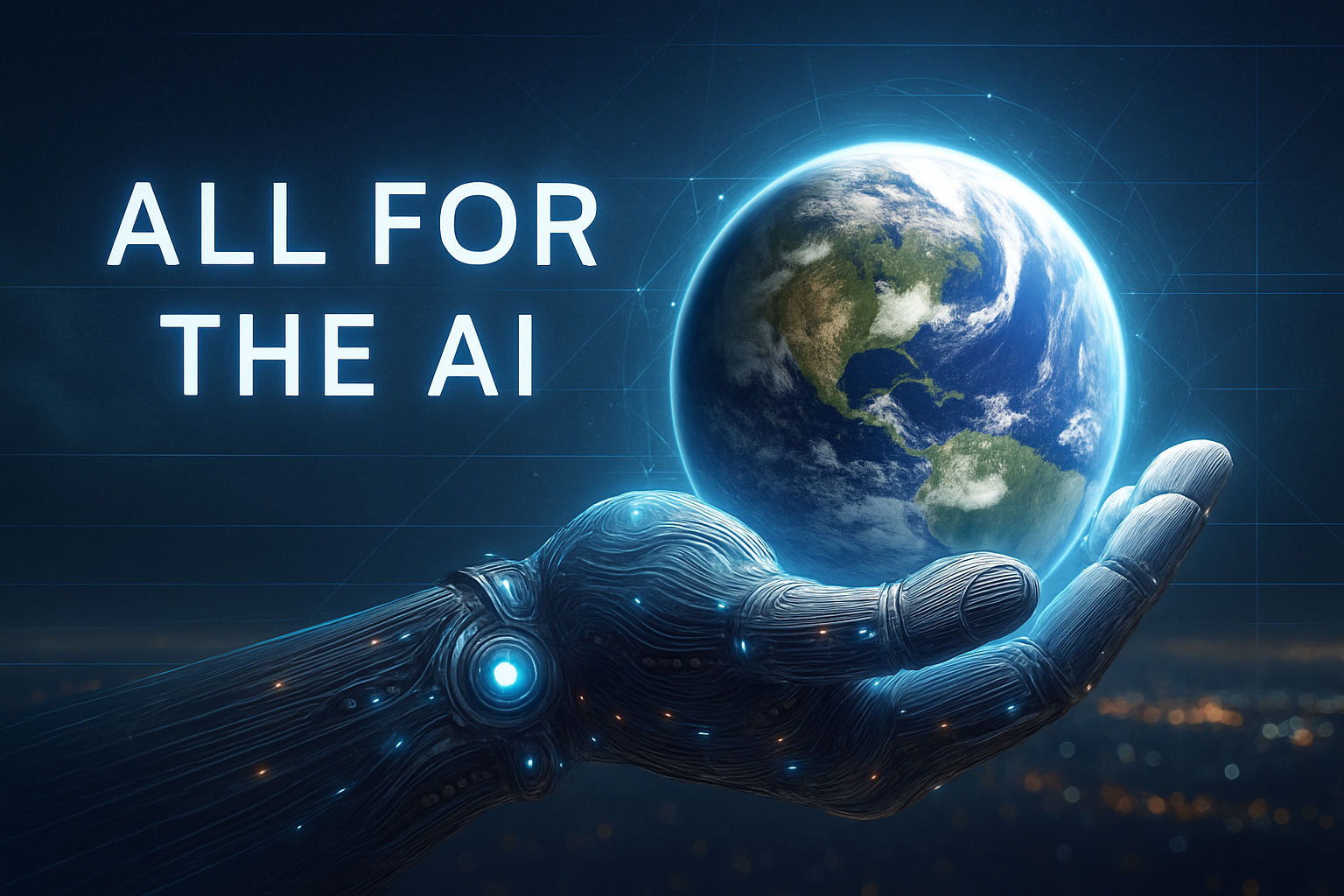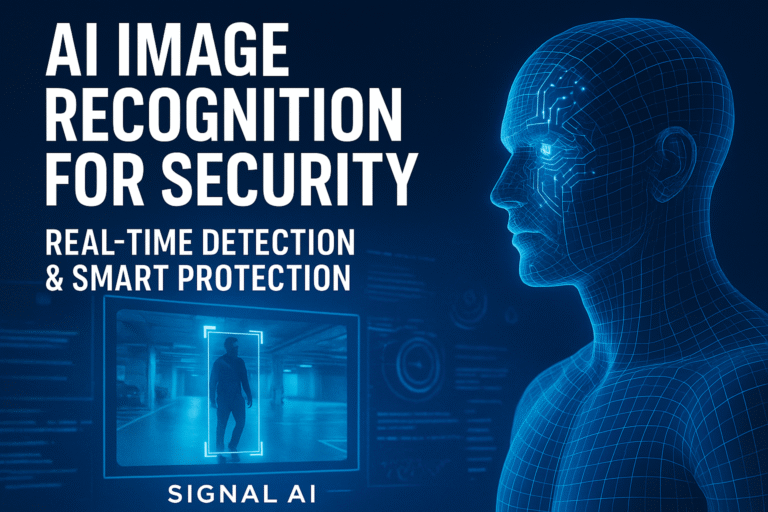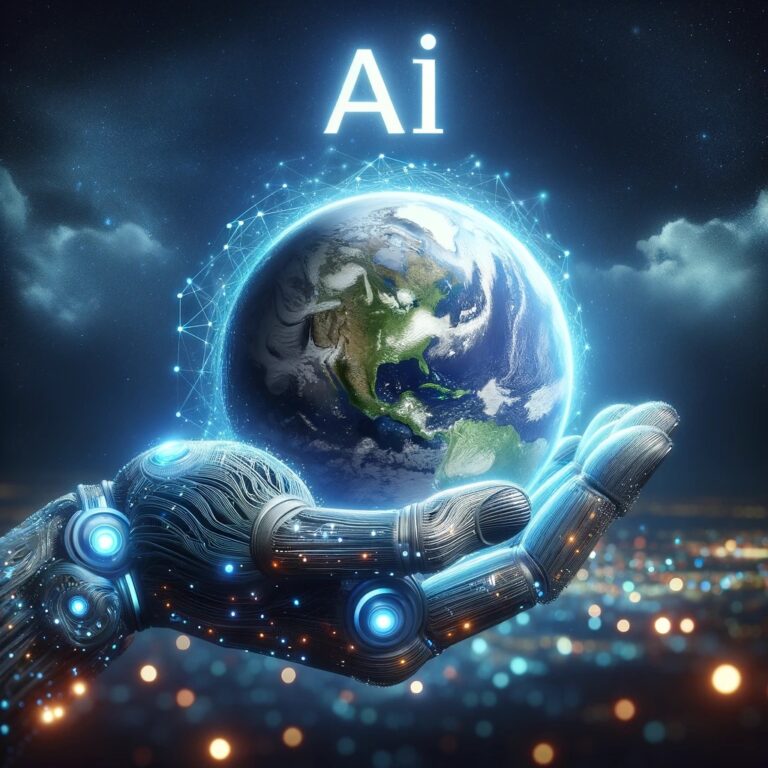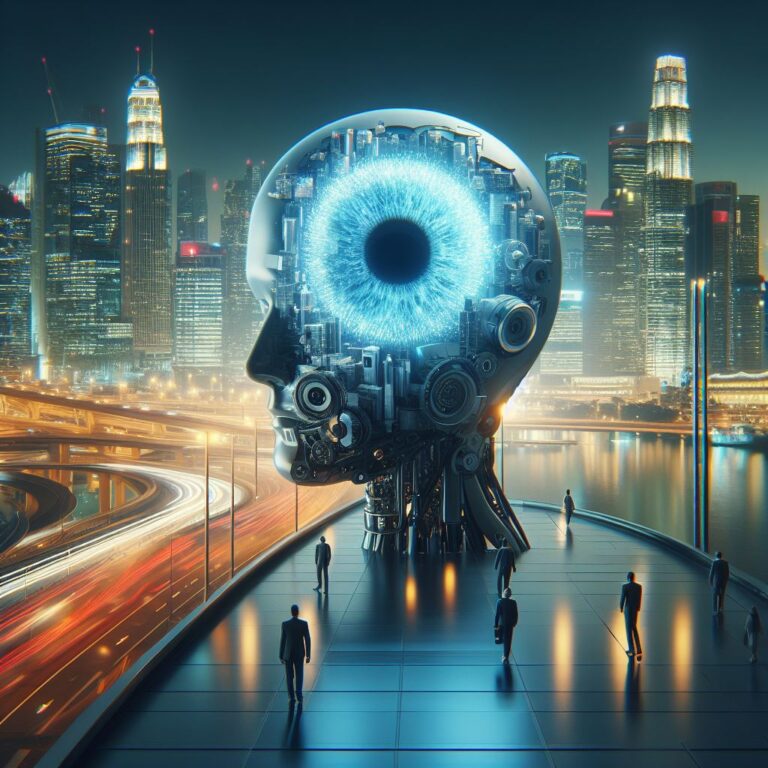5 Best Image Recognition Software for Businesses
The best image recognition software for businesses has become a transformative force in various industries, offering significant benefits and applications for businesses. This technology is experiencing rapid growth, with the global image recognition market projected to reach approximately $22.64 billion by 2030. The increasing demand for image recognition is driven by its ability to enhance efficiency, accuracy, and innovation across multiple sectors.
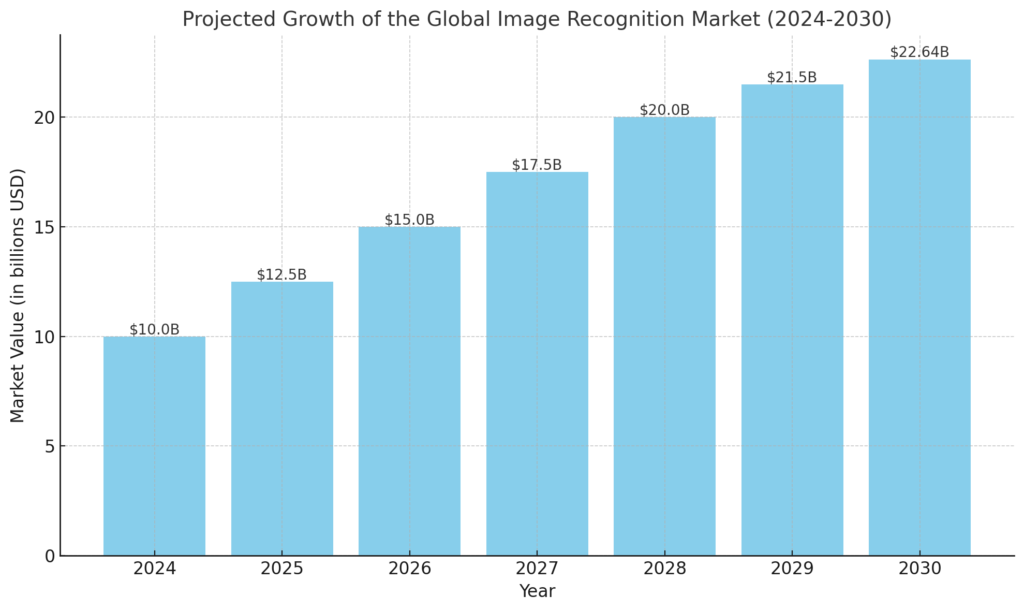
What is Image Recognition?
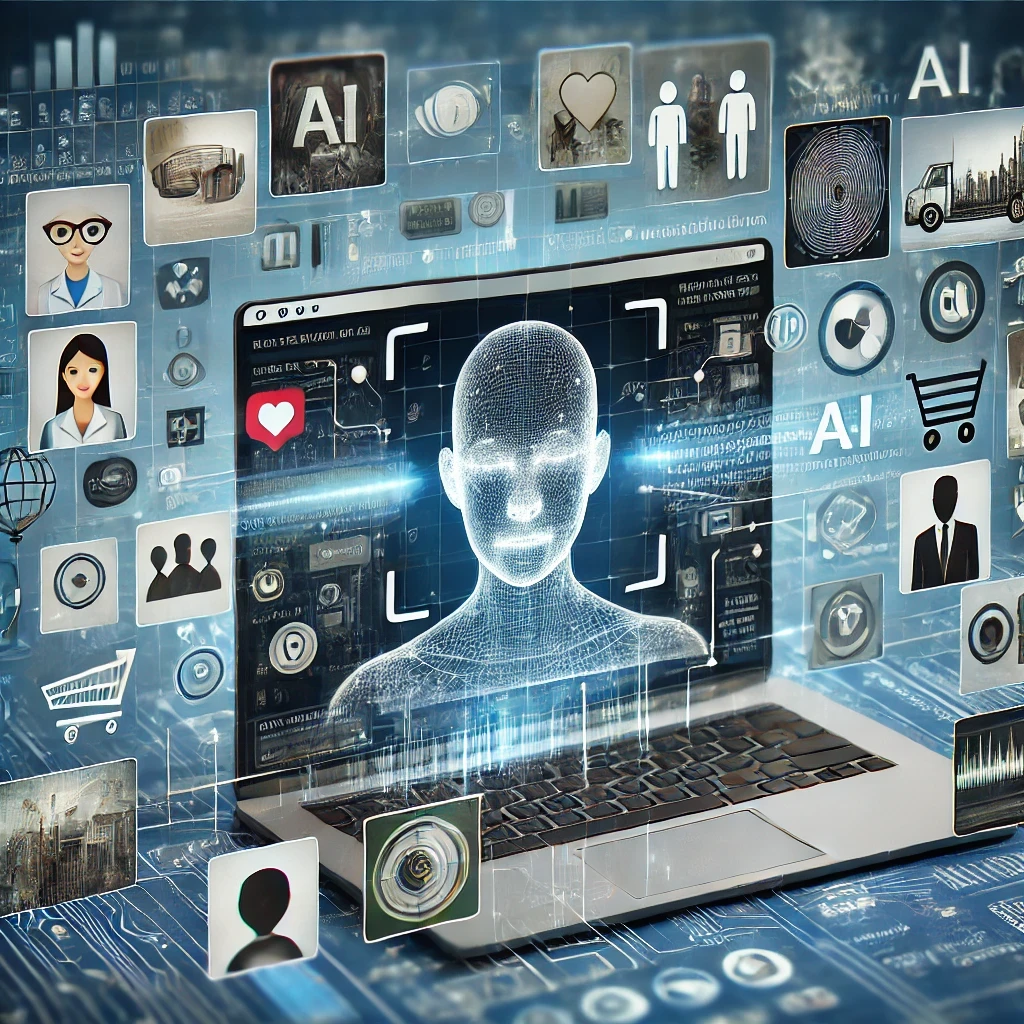
Image recognition is a subset of computer vision, which involves the ability of computers to identify and classify objects, people, text, and actions within digital images and videos. This technology leverages artificial intelligence (AI) and deep learning algorithms to analyze visual content and compare it to learned data, enabling machines to “see” and interpret images similarly to humans. Image recognition applications range from facial recognition and medical imaging to retail and security solutions.
Why is Image Recognition Essential for Businesses?
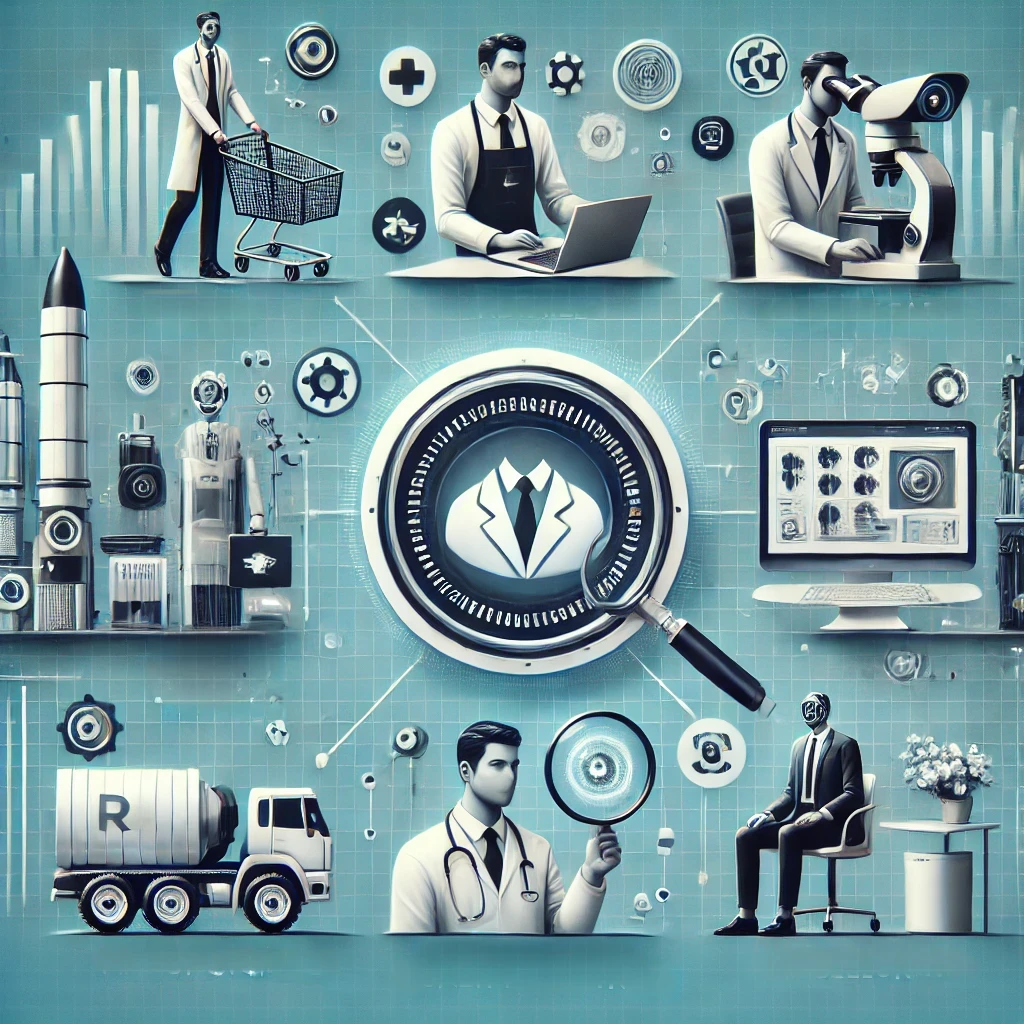
Image recognition technology is becoming essential for modern businesses due to its wide range of applications and benefits:
- Enhanced Customer Experience: In retail, image recognition allows for visual search capabilities, enabling customers to find products by uploading images rather than using text-based searches. This improves the shopping experience and increases customer satisfaction.
- Improved Efficiency and Accuracy: In industries like healthcare, image recognition aids in medical imaging analysis, helping doctors diagnose diseases more accurately and quickly.
- Automation and Quality Control: Manufacturing and logistics sectors utilize image recognition for automated quality control, ensuring product consistency and reducing human error.
- Security and Surveillance: Image recognition is used in security systems for facial recognition and anomaly detection, enhancing safety and fraud prevention.
Best Image Recognition Software for Businesses
| Software | Key Features | Applications |
| Meltwater Image Search | Social media monitoring capabilities, context-based image search. | Brand management, marketing |
| Google Reverse Image Search | Search for similar images across the web. | Product identification, content verification |
| Clarifai | Comprehensive image and video recognition solutions. | Organizing and analyzing visual data |
| Amazon Rekognition | Robust facial analysis and object detection capabilities. | Security, retail, social media |
| Imagga | Specializes in image categorization and tagging. | Managing large volumes of visual content |
Several of the best image recognition software for businesses stand out for their capabilities and applications in various business contexts:
- Meltwater Image Search: Known for its social media monitoring capabilities, this software allows businesses to search for images based on context, making it a valuable tool for brand management and marketing.
- Google Reverse Image Search: A widely used tool that enables users to search for similar images across the web, facilitating tasks like product identification and content verification.
- Clarifai: Offers comprehensive image and video recognition solutions, providing businesses with tools for organizing and analyzing visual data efficiently.
- Amazon Rekognition: Provides robust facial analysis and object detection capabilities, making it suitable for security, retail, and social media applications.
- Imagga: Specializes in image categorization and tagging, helping businesses manage large volumes of visual content effectively.
These tools leverage the power of AI and deep learning to deliver accurate and efficient image recognition solutions, catering to the diverse needs of businesses across different industries. As image recognition technology continues to evolve, its impact on business operations and customer interactions is expected to grow, making it an indispensable tool for modern enterprises.
The best image recognition software for businesses have powerful tools that enable computers to identify and classify objects, people, text, and actions within digital images and videos. This technology is a crucial component of computer vision, allowing machines to “see” and interpret visual data similarly to humans.
Key Functionalities of Image Recognition Software
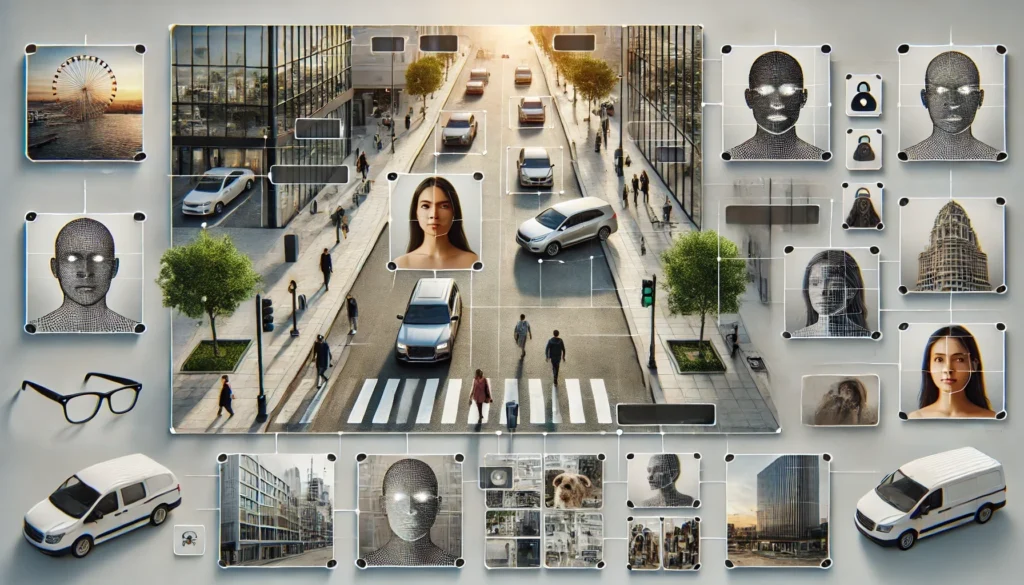
- Object Detection: This involves identifying and locating objects within an image. It is used in various applications such as autonomous vehicles and security surveillance.
- Facial Recognition: A specific type of image recognition that focuses on identifying and verifying individuals by their facial features. It is widely used in security systems and personalized user experiences.
- Automated Tagging: This functionality involves automatically labeling images with relevant tags based on their content, which is useful for organizing large image databases and improving searchability.
Technology Behind Image Recognition
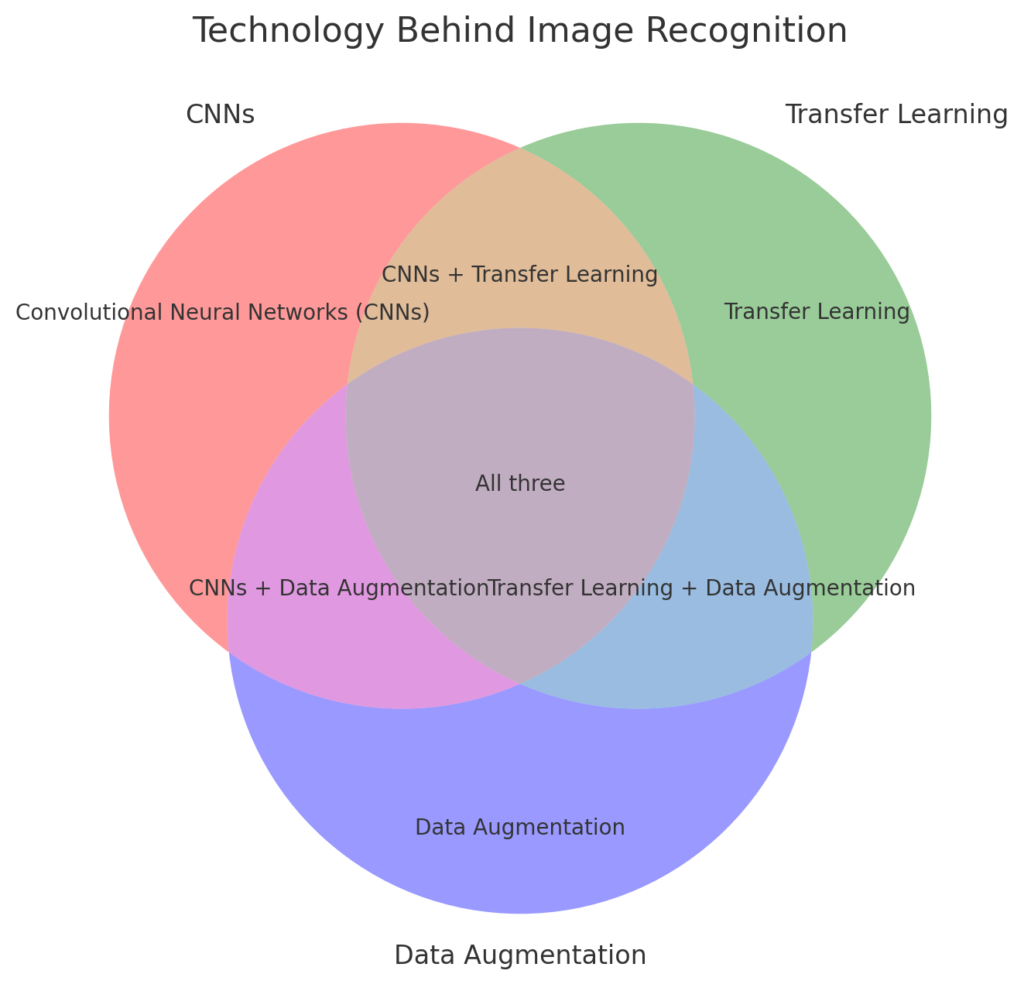
Image recognition technology primarily relies on artificial intelligence (AI), machine learning, and neural networks:
- Convolutional Neural Networks (CNNs): These are specialized deep learning algorithms designed to process and analyze pixel data in images, making them highly effective for image recognition tasks.
- Transfer Learning: This technique involves using pre-trained models and fine-tuning them for specific tasks, which reduces the time and resources needed for training.
- Data Augmentation: Techniques such as rotation and scaling are used to increase the diversity of the training dataset, improving model performance.
Benefits of Image Recognition for Businesses
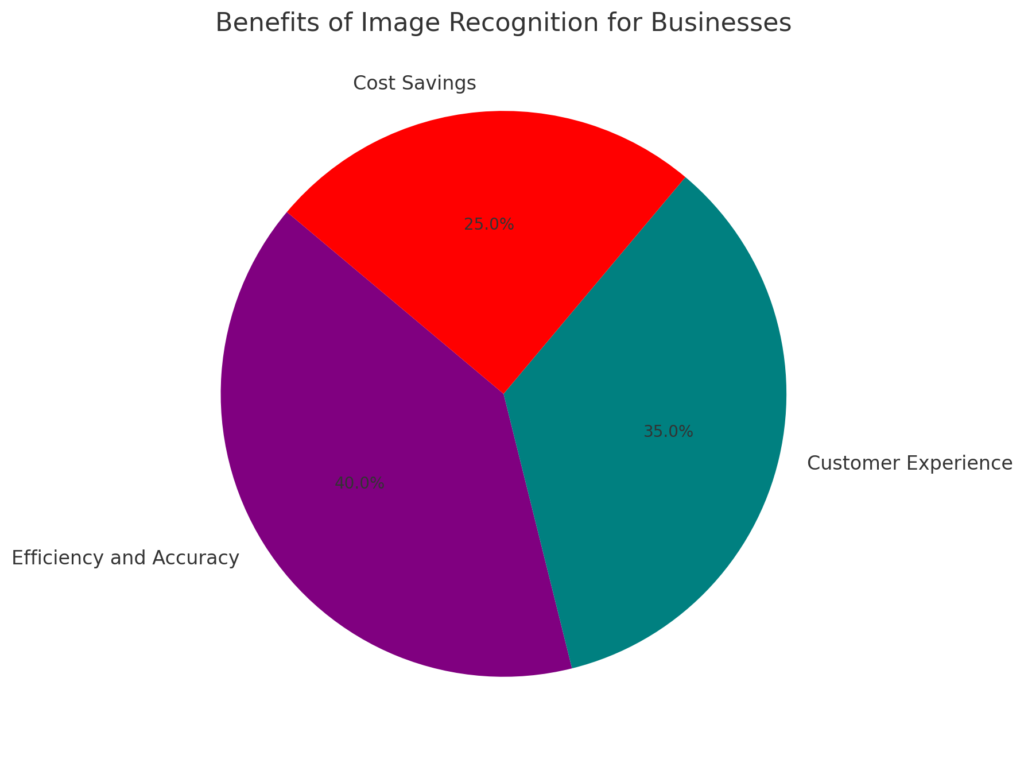
- Efficiency and Accuracy: Image recognition automates the process of identifying and classifying images, significantly reducing manual labor and improving accuracy.
- Customer Experience: By enabling personalized interactions and recommendations, image recognition enhances customer satisfaction and engagement.
- Cost Savings: Automation of visual tasks leads to reduced operational costs by minimizing the need for human intervention.
Industry Examples
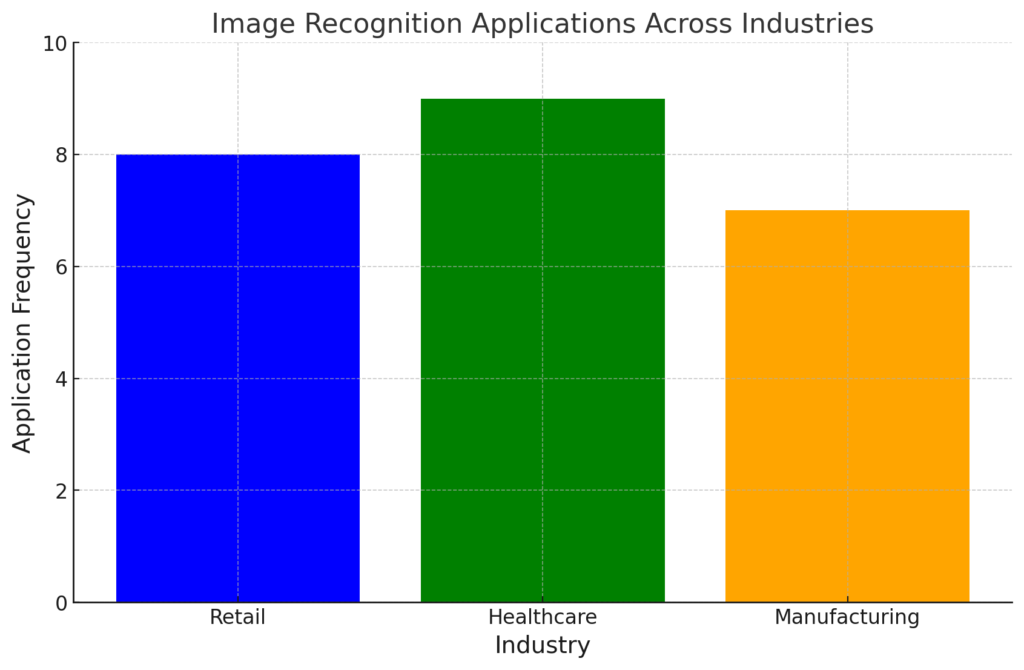
- Retail: Image recognition is used for inventory management, enabling real-time tracking of stock levels and personalized marketing through visual search capabilities.
- Healthcare: In medical imaging, it assists in diagnosing diseases by analyzing scans like X-rays and MRIs, improving diagnostic accuracy and efficiency.
- Manufacturing: It is employed for quality control and defect detection, ensuring product consistency and reducing waste.
Image recognition technology is revolutionizing various industries by enhancing operational efficiency, improving customer experiences, and reducing costs. Its applications continue to expand as the technology advances, making it an indispensable tool for modern businesses.
When selecting the best image recognition software for businesses, it’s important to consider several key features that ensure the software meets your operational needs and enhances productivity.
Top Features to Look for in Image Recognition Software
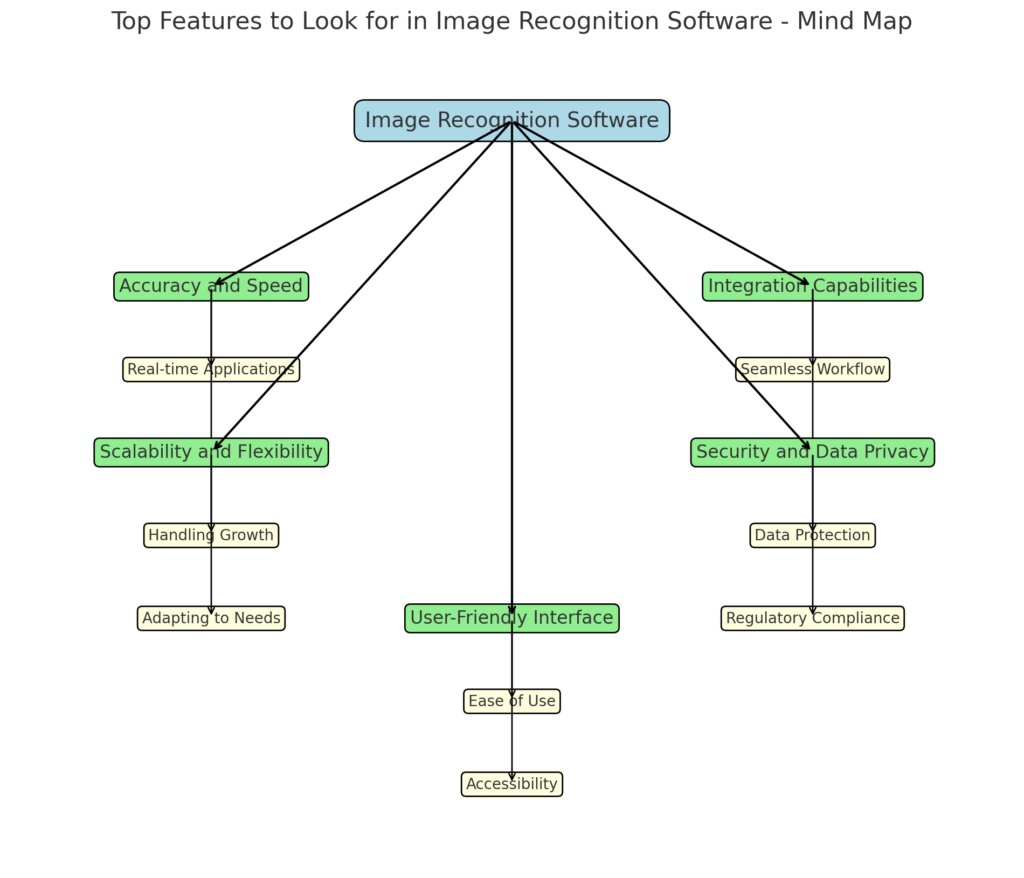
- Accuracy and Speed: High accuracy and fast processing times are crucial for effective image recognition. This ensures that the software can reliably identify and classify images quickly, which is essential for real-time applications and maintaining operational efficiency.
- Integration Capabilities: The software should seamlessly integrate with existing systems and software. This allows businesses to incorporate image recognition functionalities into their current workflows without significant disruptions.
- Scalability and Flexibility: As businesses grow, the software should be able to handle increasing amounts of data and adapt to evolving business needs. This scalability ensures long-term usability and cost-effectiveness.
- Security and Data Privacy: Ensuring data protection and compliance with regulations like GDPR is vital. The software should have robust security measures to protect sensitive data from breaches.
- User-Friendly Interface: A user-friendly interface is important for ease of use, especially for non-technical staff. This reduces the learning curve and allows more team members to effectively utilize the software.
Top Image Recognition Software for Businesses
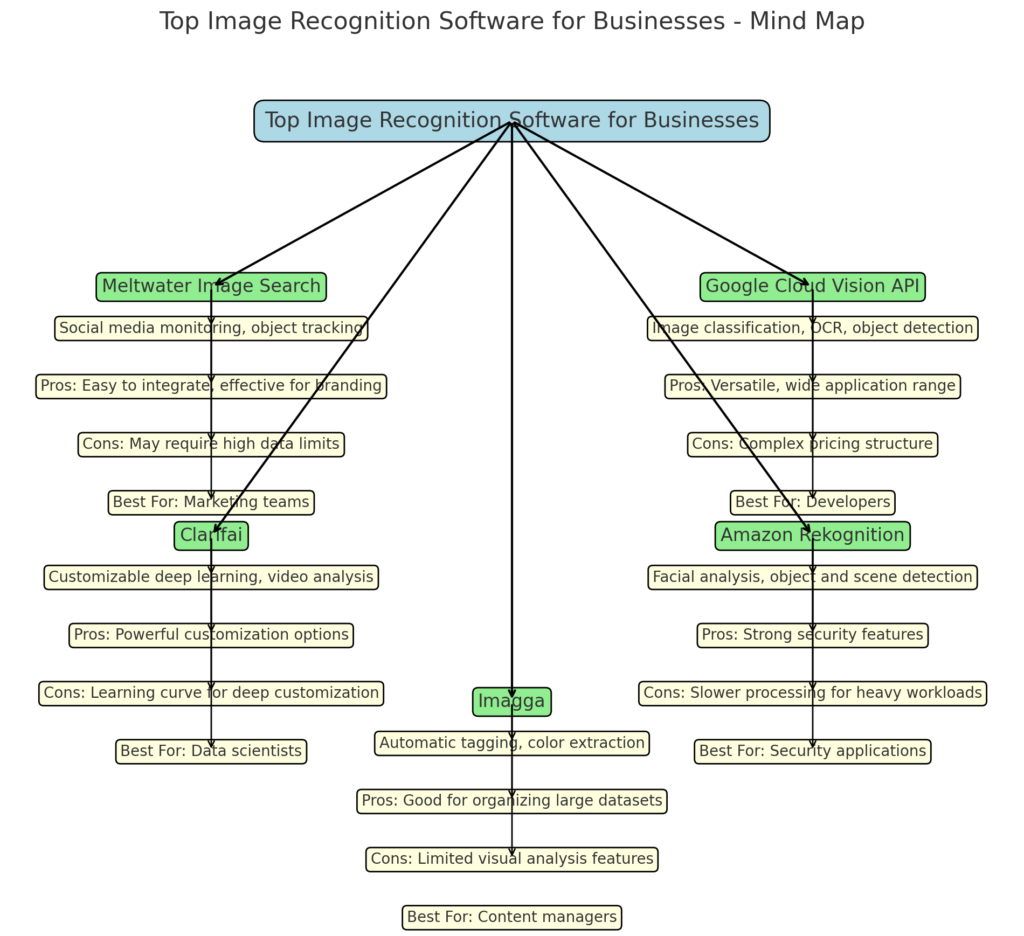
Here’s a look at some of the best image recognition software for businesses, along with their descriptions, key features, pros, and cons:
- Meltwater Image Search
- Key Features: Social media monitoring, object tracking.
- Pros: Easy to integrate, effective for branding.
- Cons: May require high data limits.
- Best For: Marketing teams.
- Google Cloud Vision API
- Key Features: Image classification, OCR, object detection.
- Pros: Versatile, wide application range.
- Cons: Complex pricing structure.
- Best For: Developers.
- Clarifai
- Key Features: Customizable deep learning, video analysis.
- Pros: Powerful customization options.
- Cons: Learning curve for deep customization.
- Best For: Data scientists.
- Amazon Rekognition
- Key Features: Facial analysis, object and scene detection.
- Pros: Strong security features.
- Cons: Slower processing for heavy workloads.
- Best For: Security applications.
- Imagga
- Key Features: Automatic tagging, color extraction.
- Pros: Good for organizing large datasets.
- Cons: Limited visual analysis features.
- Best For: Content managers.
Each of these software options offers unique features and benefits, making them suitable for different business needs and industries. When choosing the right software, consider your specific requirements, budget, and the level of technical expertise available within your team.
Choosing the the best image recognition software for businesses involves a thorough understanding of your specific needs, evaluating available options, and ensuring a smooth implementation process. Here’s a step-by-step guide to help you make an informed decision.
Assess Your Business Needs
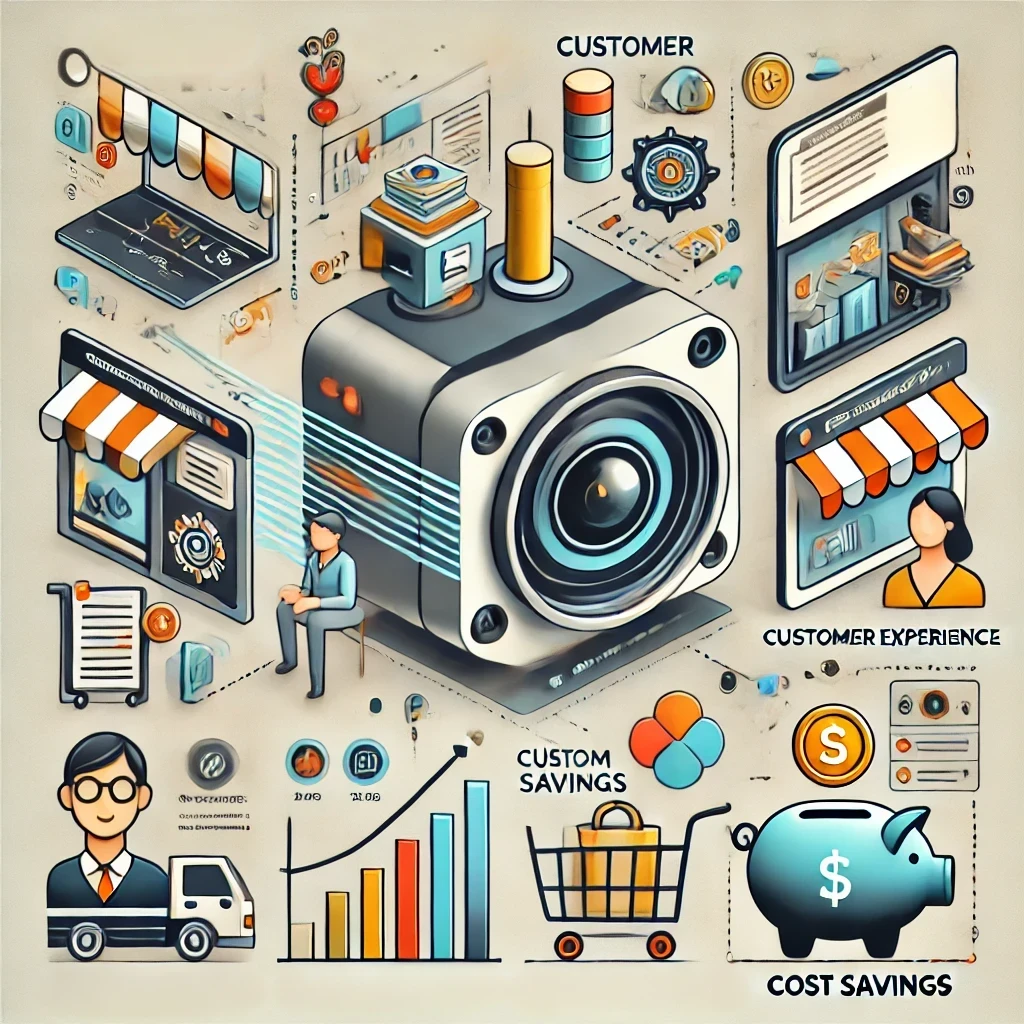
- Identify Specific Requirements: Begin by analyzing the areas in your business where image recognition can add value. Consider applications such as inventory management, quality control, customer engagement, or security enhancements.
- Define Objectives: Clearly outline what you aim to achieve with the software. This could include improving efficiency, enhancing customer experience, or reducing costs.
- Determine Technical Requirements: Assess the technical environment, including existing systems and data volumes, to ensure compatibility and scalability with potential software solutions.
Evaluate Options
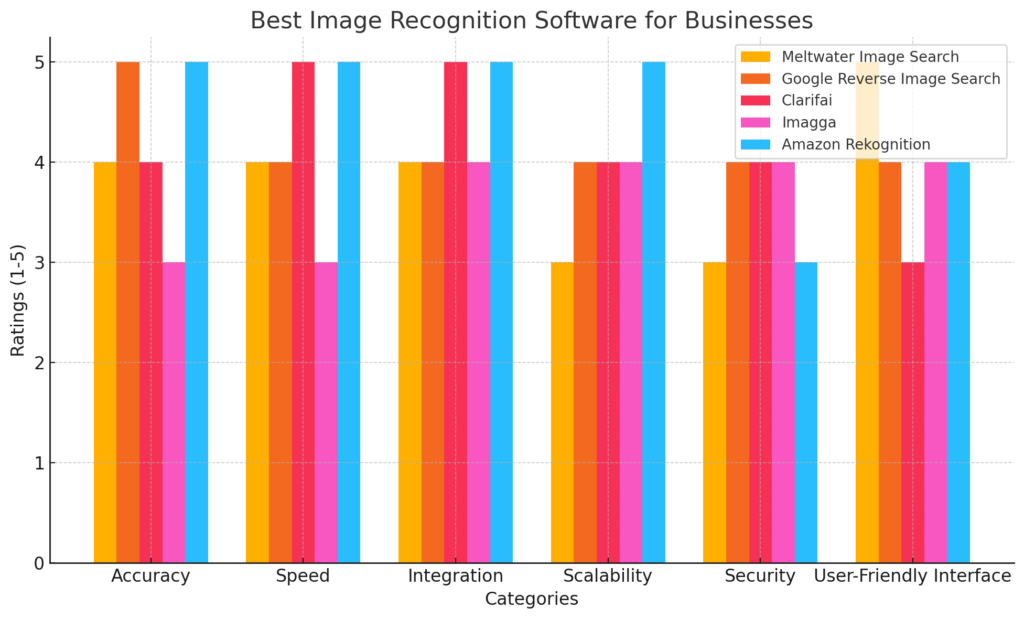
- Accuracy and Speed: Look for software that offers high accuracy in image recognition and fast processing times, especially if real-time analysis is required.
- Integration Capabilities: Ensure the software can seamlessly integrate with your current systems and workflows, supporting APIs and other necessary interfaces.
- Scalability and Flexibility: Choose a solution that can grow with your business and adapt to changing needs, handling increasing data volumes and diverse applications.
- Security and Data Privacy: Verify that the software complies with data protection regulations and offers robust security features to protect sensitive information.
- User-Friendly Interface: Opt for software with an intuitive interface that is easy for non-technical staff to use, supported by comprehensive documentation and customer support.
Trial and Implementation
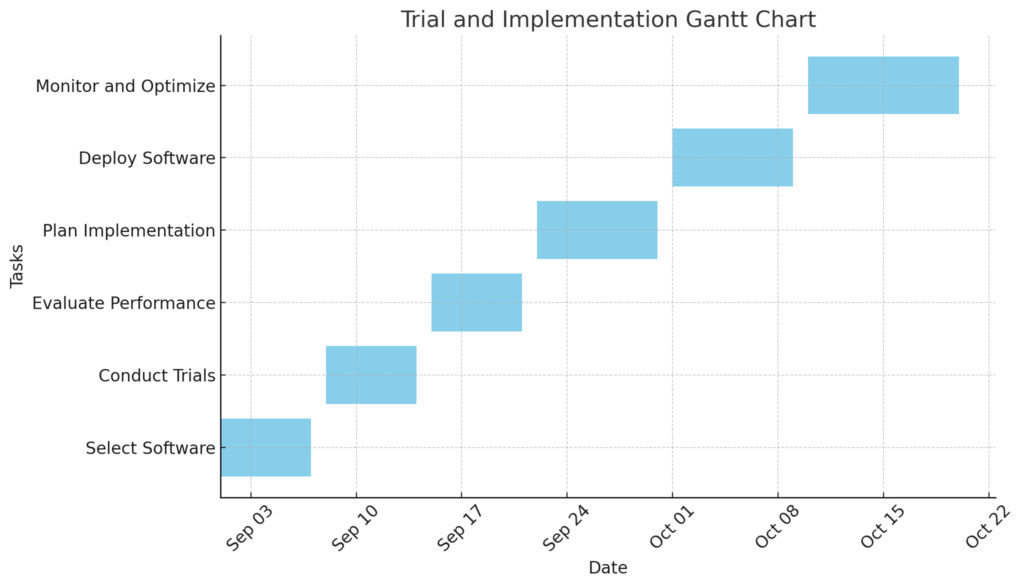
- Conduct Trials: Before committing, test the software through trials to evaluate its performance in your specific business context. This will help you understand its capabilities and limitations.
- Plan Implementation: Develop a detailed implementation plan that includes timelines, resource allocation, and training for staff. Ensure that there is a clear strategy for integrating the software into existing processes.
- Monitor and Optimize: After deployment, continuously monitor the software’s performance and make necessary adjustments to optimize its use. Gather feedback from users to identify areas for improvement.
The best image recognition software for businesses offer numerous benefits, including enhanced operational efficiency, improved customer experiences, and cost savings. By carefully assessing your needs, evaluating your options, and planning a thoughtful implementation, you can choose a solution that aligns with your business goals and drives growth.
Current Trends in Image Recognition Technology

Image recognition technology is rapidly evolving, driven by advancements in artificial intelligence (AI), machine learning, and computer vision. Here are some of the latest developments:
- Deep Learning Enhancements: Deep learning algorithms, particularly convolutional neural networks (CNNs), continue to improve the accuracy and efficiency of image recognition systems. These advancements allow for better object detection and classification, even in complex environments.
- Edge Computing: The use of edge computing is becoming more prevalent, enabling real-time image processing on devices rather than relying solely on cloud-based solutions. This reduces latency and enhances responsiveness, which is crucial for applications like security surveillance and autonomous vehicles.
- Integration with AI Technologies: Image recognition is increasingly being integrated with other AI technologies, such as natural language processing and generative adversarial networks (GANs), to create more sophisticated systems capable of tasks like image synthesis and enhanced data analysis.
- Privacy and Security Concerns: As image recognition technology becomes more widespread, concerns about privacy and data security are growing. Companies are investing in secure systems to protect user data and comply with regulations.
Future Outlook and Emerging Opportunities
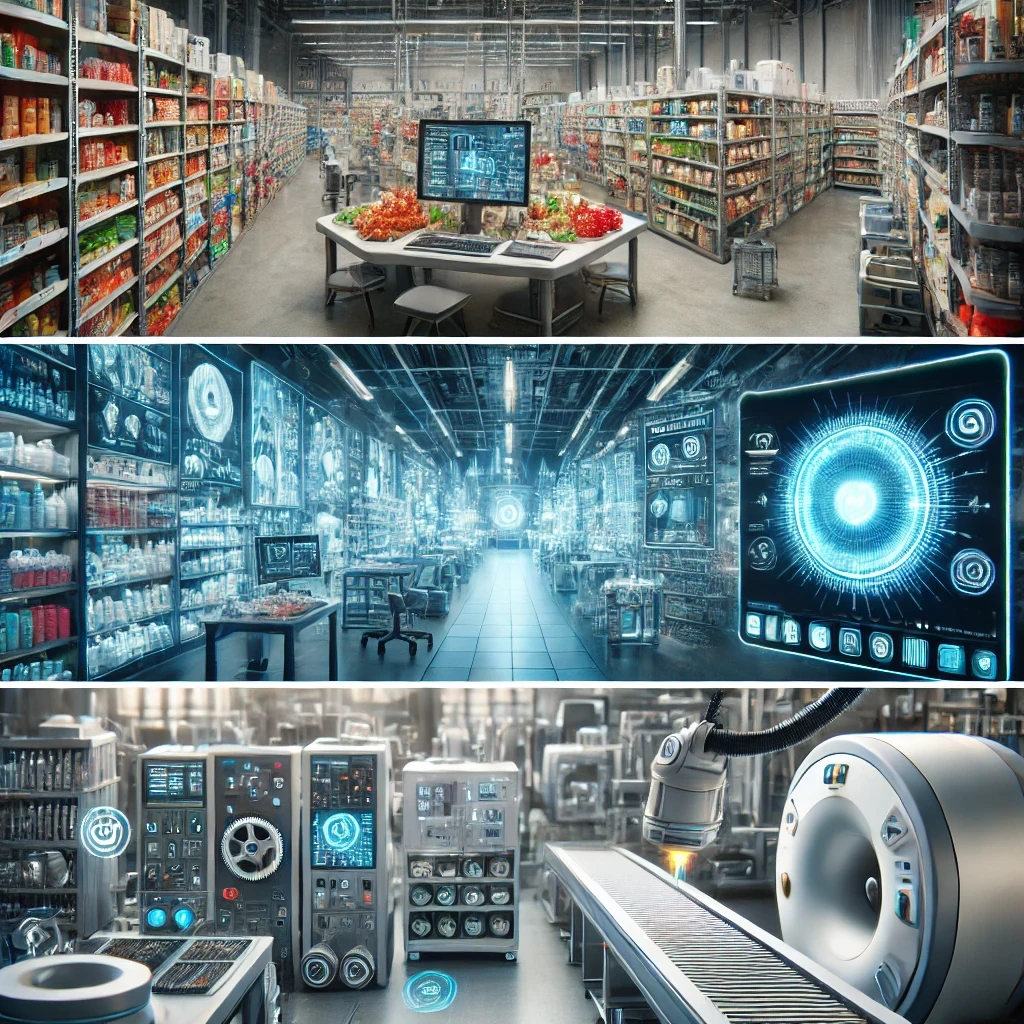
The future of image recognition technology holds exciting possibilities and opportunities for businesses:
- Autonomous Vehicles: Image recognition is a key technology for self-driving cars, enabling them to detect and interpret road signs, obstacles, and traffic conditions. Continued advancements will improve the safety and reliability of autonomous vehicles.
- Augmented Reality (AR) and Smart Devices: Image recognition will play a significant role in enhancing AR applications and smart devices like glasses, providing real-time information and interactive experiences.
- Healthcare Innovations: In the medical field, image recognition can assist in diagnosing diseases through the analysis of medical images, improving accuracy and efficiency in treatment planning.
- Retail and Consumer Insights: Retailers can leverage image recognition to enhance customer experiences through personalized marketing and automated checkout systems. The technology can also provide valuable insights into consumer behavior by analyzing uploaded images.
- Enhanced Security Applications: Image recognition will continue to be integral in security and surveillance, helping to identify potential threats and automate monitoring processes.
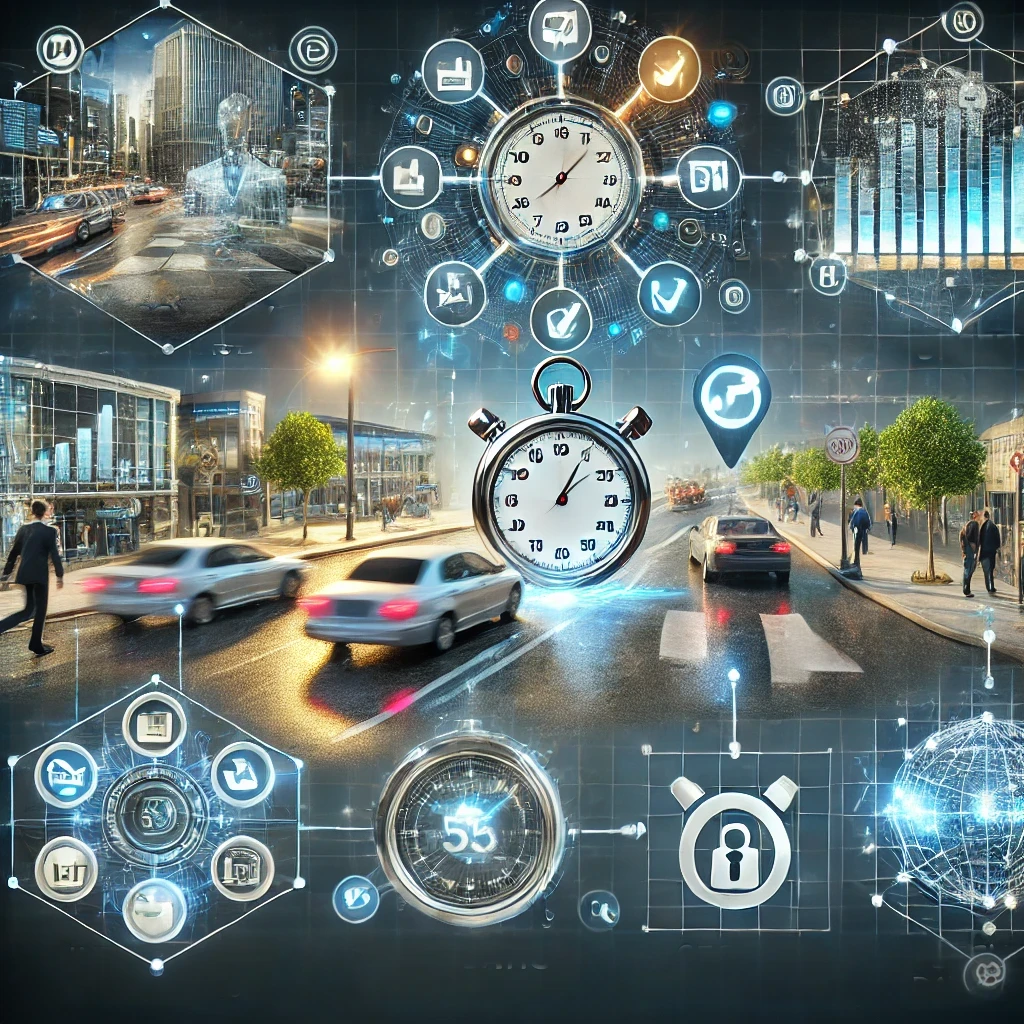
The best image recognition software for businesses can expect to see increased efficiency, improved customer interactions, and new opportunities for innovation. The integration of AI and machine learning will further expand the capabilities and applications of image recognition, making it a vital tool for future growth and development.
Case Studies
Example 1: Success Story from a Retail Business
In the retail sector, image recognition technology has significantly transformed operations and customer engagement. A notable success story involves a leading Fast-Moving Consumer Goods (FMCG) company that implemented image recognition to enhance its in-store execution. By using this technology, the company achieved a 30% improvement in compliance rates and a 25% reduction in stockouts within the first six months. This led to increased customer satisfaction scores and a noticeable uplift in sales. The technology enabled real-time monitoring of shelf conditions, ensuring products were always available and properly displayed, which directly influenced buying decisions and boosted sales by up to 20%.
Example 2: Success Story from the Healthcare Industry
In healthcare, image recognition technology has revolutionized medical imaging and diagnostics. AI-powered image recognition systems have been instrumental in improving the accuracy and efficiency of disease diagnosis. For instance, AI has demonstrated a 90% success rate in identifying skin cancer, significantly aiding in early detection and treatment planning. This technology allows for precise image segmentation, enabling clinicians to target specific areas for intervention, optimize surgical procedures, and deliver personalized treatment plans. The integration of AI in medical imaging has enhanced patient outcomes by facilitating early disease detection and personalized healthcare.
Example 3: Success Story from the Manufacturing Sector
In manufacturing, image recognition has been pivotal in quality control and defect detection. A case study by McKinsey & Company highlighted how image recognition systems can detect defects with high precision, reducing error rates by up to 90%. This technology allows manufacturers to automate quality inspections, ensuring product consistency and minimizing waste. By leveraging image recognition, manufacturers can maintain high standards of quality while reducing the need for manual inspections, leading to significant cost savings and increased operational efficiency.
These case studies illustrate the transformative impact of image recognition technology across different industries, showcasing its potential to enhance efficiency, accuracy, and customer satisfaction. As technology continues to evolve, more businesses are likely to adopt image recognition solutions to drive innovation and growth.
FAQs: Common Questions About Image Recognition Software
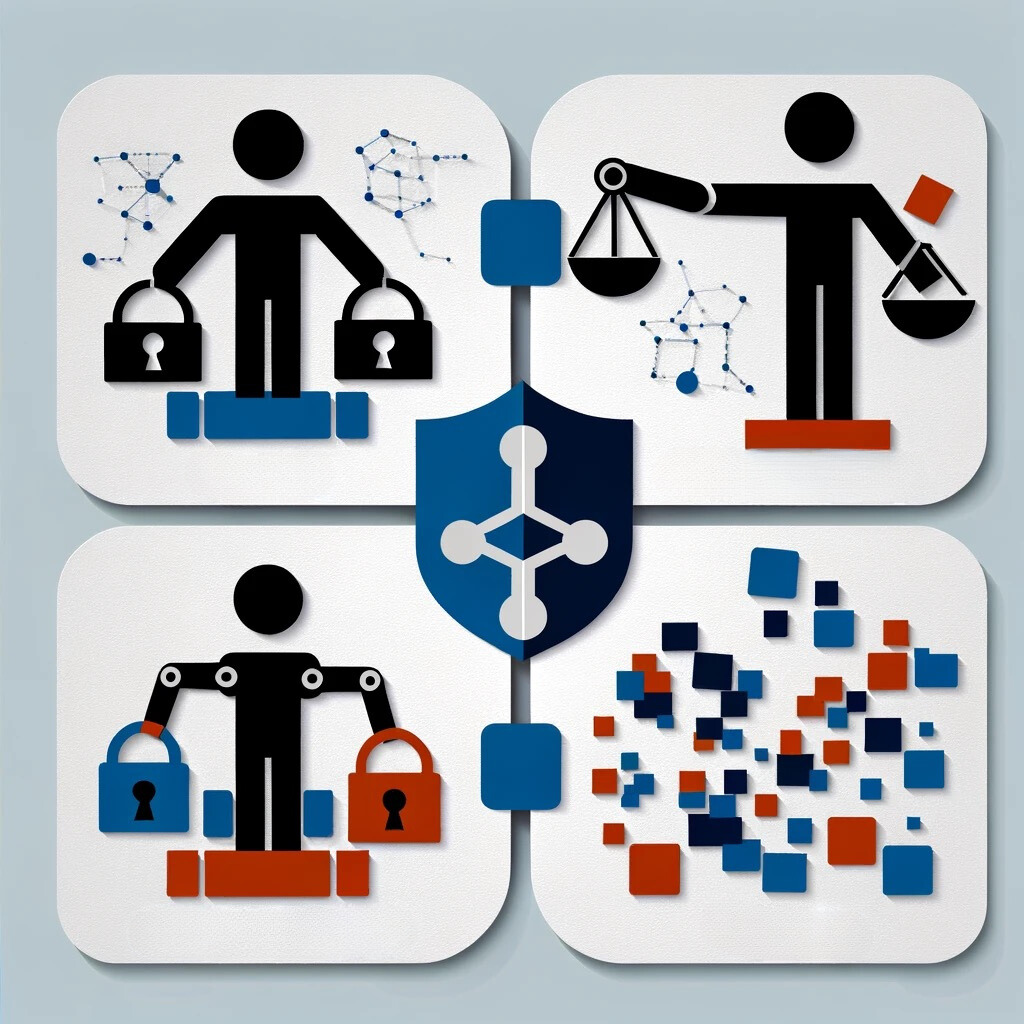
1. What is image recognition software? Image recognition software is a type of technology that uses artificial intelligence and machine learning to identify and classify objects, people, text, and actions within digital images and videos. It is a subset of computer vision technology that enables machines to interpret visual data.
2. What are the benefits of using image recognition software? The benefits include improved efficiency and accuracy in data processing, enhanced customer experiences through personalized services, cost savings from automation, and the ability to extract valuable insights from visual data for better decision-making.
3. How much does image recognition software cost? The cost can vary widely depending on the complexity of the system, the features required, and whether it is a ready-made or custom solution. Basic solutions can start from a few thousand dollars, while more complex systems can cost upwards of $300,000.
4. What are the key features to look for in image recognition software? Key features include high accuracy and speed, integration capabilities with existing systems, scalability, security and data privacy measures, and a user-friendly interface.
5. How do I implement image recognition software in my business? Implementation involves assessing your business needs, evaluating software options, conducting trials, and planning a smooth integration into existing workflows. Continuous monitoring and optimization are also important for long-term success.
